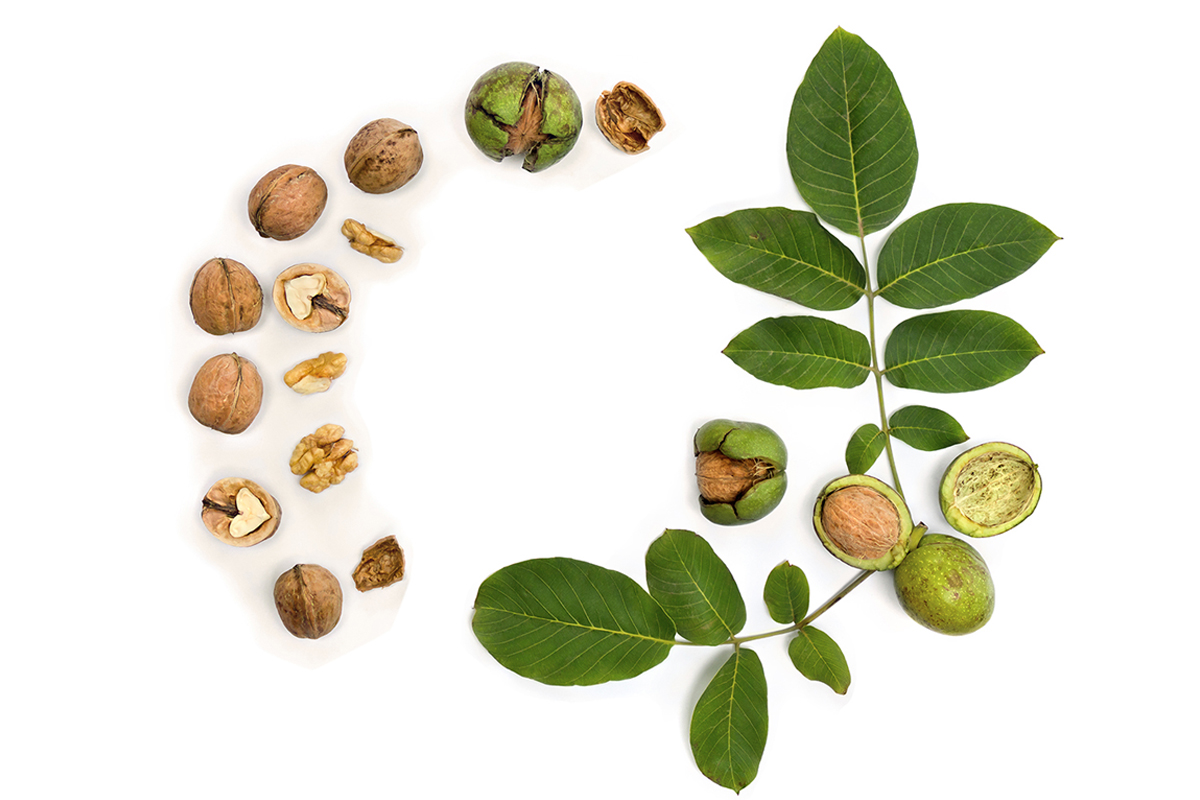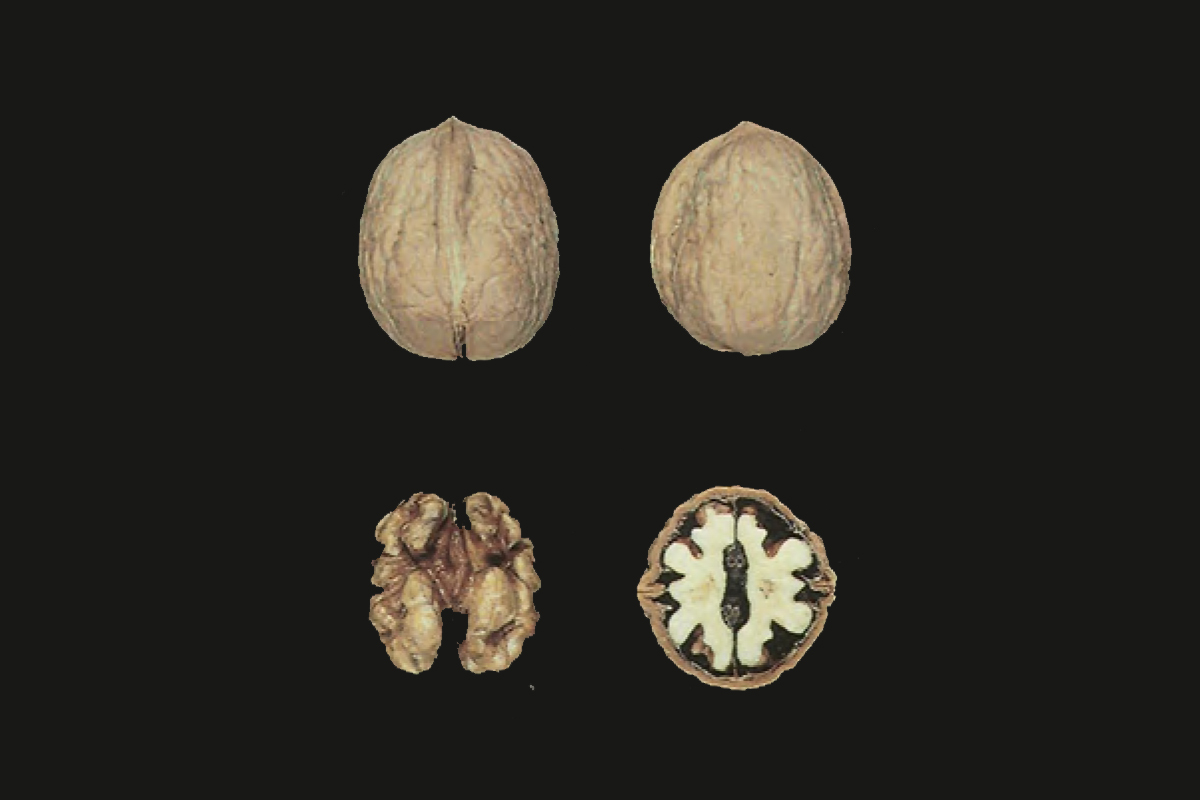Walnuts
product
Walnuts
The walnut is a type of tree nut that has a hard, tough shell. The inner meat looks sort of like a tiny brain and has a rich, sweet taste. The walnut is the most widely-consumed nut in the world and has been enjoyed for well over 8,000 years. The majority of commercial walnuts come from California and China. English walnuts and black walnuts are the two most common varieties. They're eaten as-is after shelling or incorporated into delicious foods like bread, cakes, and even sauces for savory dishes.
Fast Facts
- Common Varieties: English walnut, California black walnut- Edible Parts: Inner meat, skin
- Preparation: Shelled then eaten whole or chopped or ground
- Storage: Refrigerator for 3 to 6 months, freezer for 1 year Adopted source: https://www.thespruceeats.com/walnut-storage-and-selection-1807822
1000+
Happy Customers
Walnuts
Walnuts Varieties
Two major varieties of walnuts are grown in the United States—the English walnut and the black walnut. The black walnut is primarily used as the rootstock for English walnut cultivars.
There are over 50 species of walnut trees, all part of the Juglandaceae (or walnut) family. The most common variety sold and eaten is the English walnut (Juglans regia). It was originally known as the Persian walnut and also goes by the name of California or Mission walnut. It is native to Asia and the Balkans but today is grown commercially in Asia, Europe, and the western U.S. It has a mild taste and a thin shell that is easy to crack.
The other common variety is the California black walnut (Juglans nigra), which is also simply called a black walnut. It's native to America, often growing wild in central and eastern regions. It has a thicker shell that is more difficult to crack, making commercial production more of a challenge. This walnut has a bolder, more earthy flavor and it can stain hands and clothing.
Adopted source: https://www.agmrc.org/commodities-products/nuts/english-walnuts
United States walnut production has been steadily increasing for several years. Recent economic conditions have slowed the process of that growth, but overall growth still continues.
The diamond brand, coming from California being red, purple or green stamped, is well-known.
Adopted source: JAN W. KLIJN Nuts and Dried Fruits
English Walnut
The most common variety sold and eaten is the English walnut (Juglans regia). It was originally known as the Persian walnut and also goes by the name of California or Mission walnut. It is native to Asia and the Balkans but today is grown commercially in Asia, Europe, and the western U.S. It has a mild taste and a thin shell that is easy to crack.
The United States knows serveral varieties, four of them making 80 percent of the total production. These are: Hartley, Franquette, Payne and Eureka, which are graded in Jumbos, Large, Mediums and Baby Nut. All these indications are subject to size. Jumbos are larger than 27mm, getting 3 to 4mm smaller per size.
Adopted source: JAN W. KLIJN Nuts and Dried Fruits
Adapted from
- The Spruce Eats (https://www.thespruceeats.com/walnut-storage-and-selection-1807822)
- The Walnut Germplasm Collection of the University of California, Davis https://ucanr.edu/repository//fileaccess.cfm?article=54996&p=YXOEOZ






